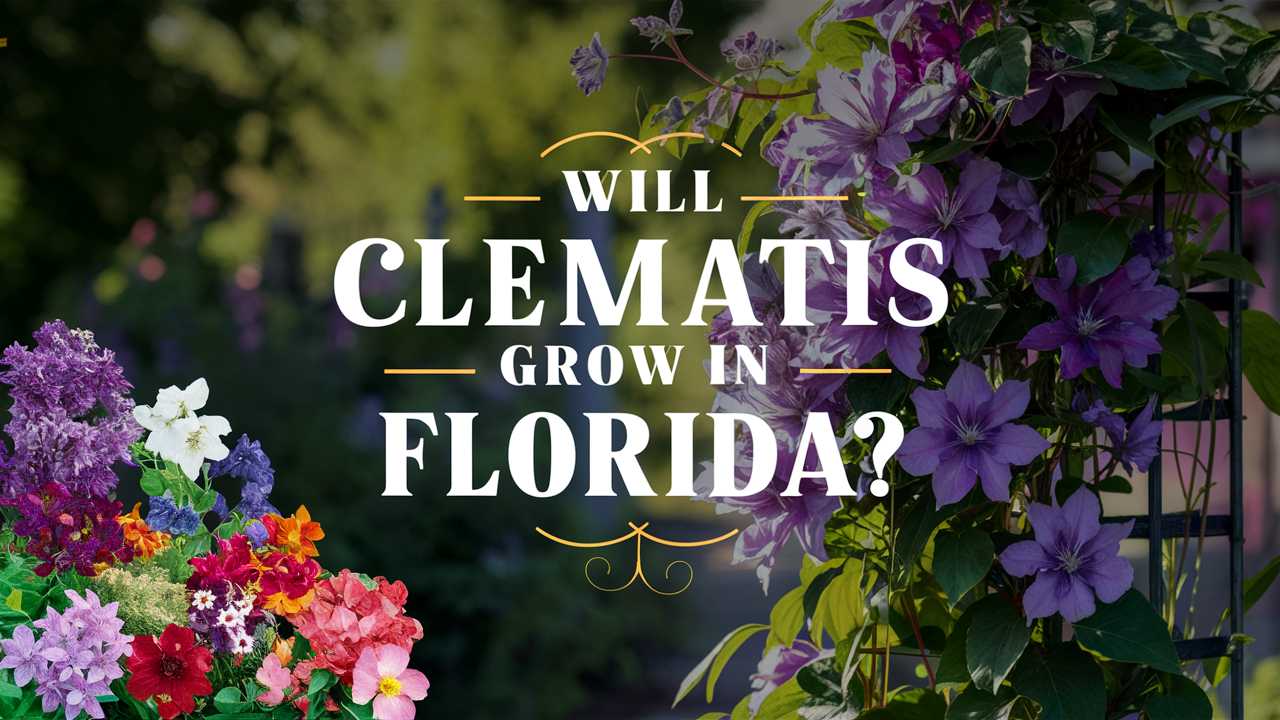When you hear the name Clematis, you might immediately think of lush, climbing vines adorned with delicate flowers in various shades of purple, blue, pink, and even white. Known for their striking beauty and versatility in the garden, these climbers can transform fences, trellises, and arbors into breathtaking floral displays.
However, if you’re a gardener in Florida, you might be wondering: will Clematis thrive in your unique climate? Let’s dig deep into understanding whether these beloved plants can find a happy home in the Sunshine State.
Understanding the Plant: What Is Clematis?
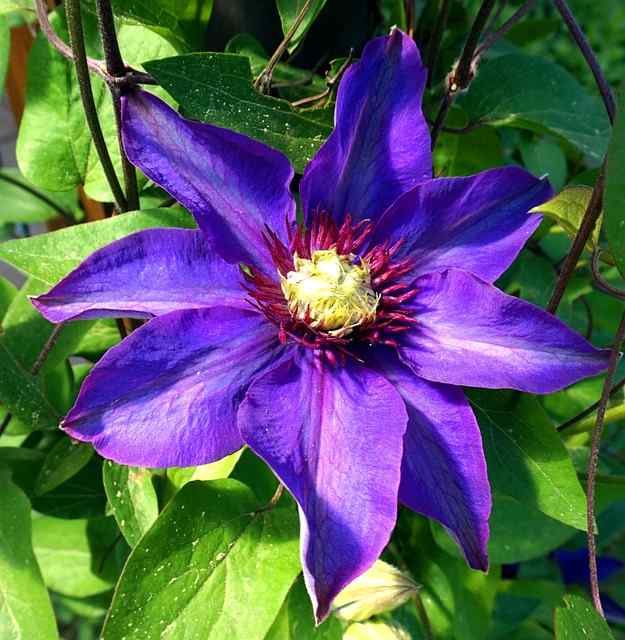
Clematis is a genus of climbing plants in the buttercup family, Ranunculaceae. With over 300 species and countless cultivars, they offer an impressive variety of shapes, sizes, and blooming times. What sets them apart is their ability to climb, making them an excellent choice for vertical gardening. Some common varieties you’ll encounter include:
Clematis montana: Known for its vigorous growth and significant fragrant white or pink flowers.
Clematis jackmanii: This is one of the most popular varieties, characterized by its deep purple flowers.
Clematis vitalba: Also known as old man’s beard, it is a fast-growing species with beautiful, fluffy seed heads.
Before we delve into how they perform in Florida, it’s worth noting the environmental conditions these plants prefer.
Ideal Growing Conditions for Clematis
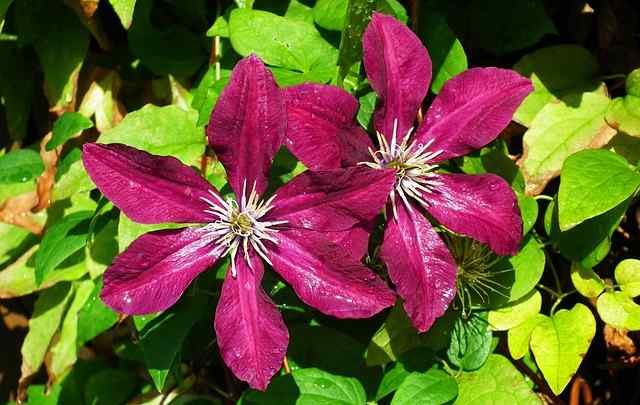
Clematis generally flourishes in environments where they can receive full sun during the day but enjoy some shade at the base of the plant. Here are some critical conditions that Clematis plants love:
Soil: Well-drained, loamy soil enriched with organic matter is preferred. They dislike waterlogged conditions, making good drainage crucial.
Temperature: They thrive in temperate climates, preferably between 60-75°F (15-24°C).
Humidity: Moderate humidity levels work best.
Now, here’s the catch: Florida’s climate, particularly in areas like the Florida Keys, can be quite different. With its warm temperatures and humidity that can spike during certain months, understanding how these factors impact Clematis growth is vital.
Can Clematis Survive in Florida?
Climate Zones and Their Impact
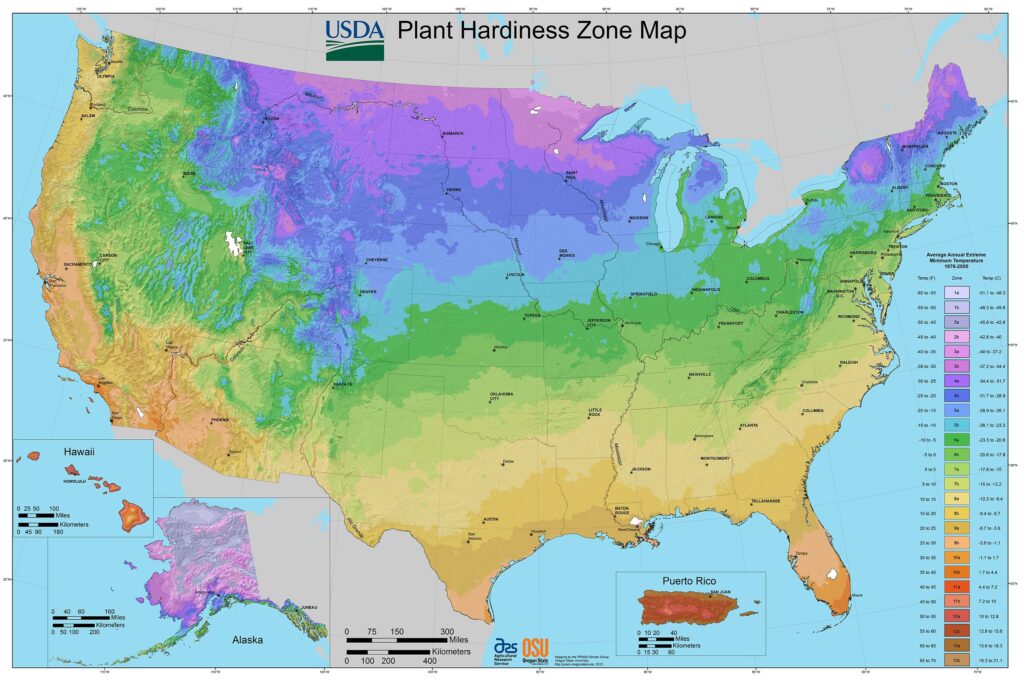
Florida falls under several USDA plant hardiness zones, generally ranging from 8a to 11b. The southwestern part of the state, which has the warmest climate, is bordered by zone 11, while the northern parts may stretch into zone 8a. Clematis can grow in these zones, but their adaptability varies.
Some species like Clematis paniculata, or the sweet autumn clematis, are more heat and humidity tolerant than others. This particular variety can handle the warm conditions found in Florida while still providing beautiful blooms.
The Humidity Factor
Florida is renowned for its high humidity levels, particularly in summer. While many varieties of Clematis like moisture, excessive humidity can lead to issues such as fungal diseases. This means that ensuring good airflow around the plant and proper spacing can be vital to their success.
Day Length and Growth Cycles
One should also consider the length of daylight in Florida. Summer days are long, providing plenty of sunlight, which many Clematis varieties require for abundant flowers. However, some varieties prefer cooler temperatures to flower prolifically, which could be a challenge during Florida’s sweltering summers.
The Role of Native Species
Interestingly, some native Clematis species have adapted to the local climate beautifully. For example, Clematis crispa, also known as the bluebell clematis, is native to the southeastern United States. These native species tend to be more resilient in the heavily humid and hot conditions prevalent in Florida.
Selecting the Right Clematis Varieties for Florida
Given that Florida presents unique growing conditions, choosing the appropriate Clematis variety is essential for a thriving garden. Here are some recommendations:
1. Clematis ‘Sapphire Indigo’
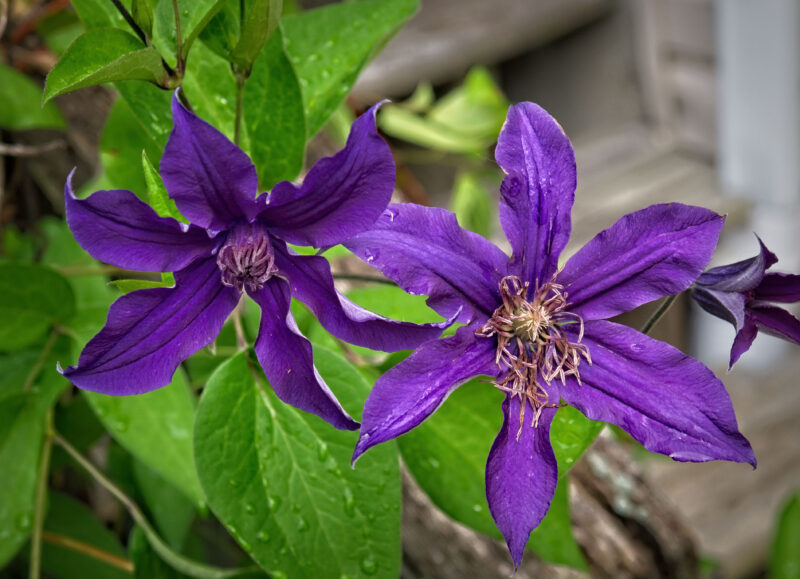
This variety features striking deep blue flowers and is known for its ability to withstand warm climates. It prefers a sunny location with afternoon shade and will reward you with stunning blooms.
2. Clematis ‘Sweet Autumn’
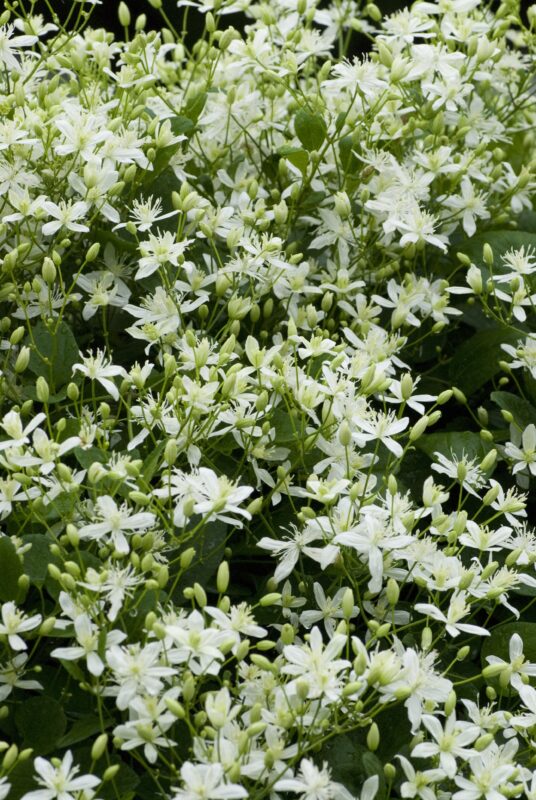
Perfect for Florida’s humid environment, Sweet Autumn clematis blooms in late summer and offers a delightful fragrance, making it a popular choice among gardeners looking for both beauty and scent.
3. Clematis ‘Paniculata’
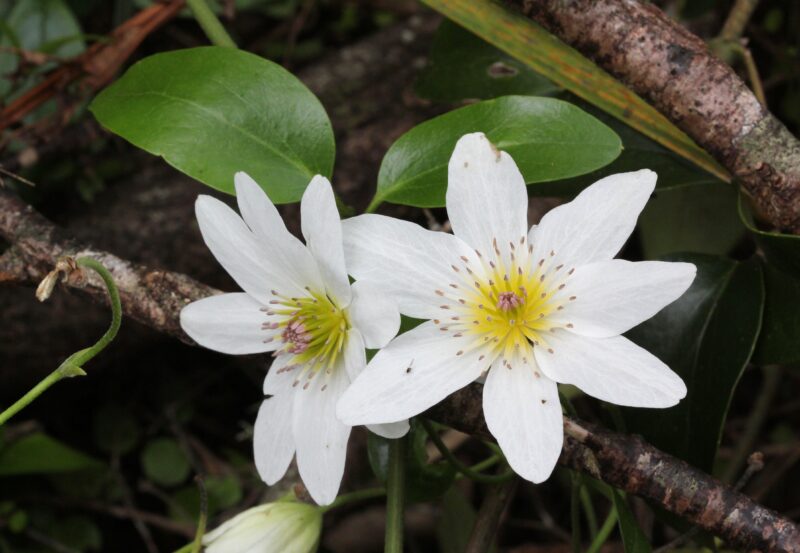
Also known as the fragrant Virgin’s bower, this variety adapts well to warmer climates. Its quick-growing nature allows it to cover trellises and fences rapidly while emitting a sweet aroma.
4. Clematis ‘Nelly Moser’

This hybrid variety is known for its unique bi-color blooms. While it does prefer some shade from the intense Florida sun, it can thrive if conditions are otherwise suitable.
5. Clematis ‘Jackmanii’
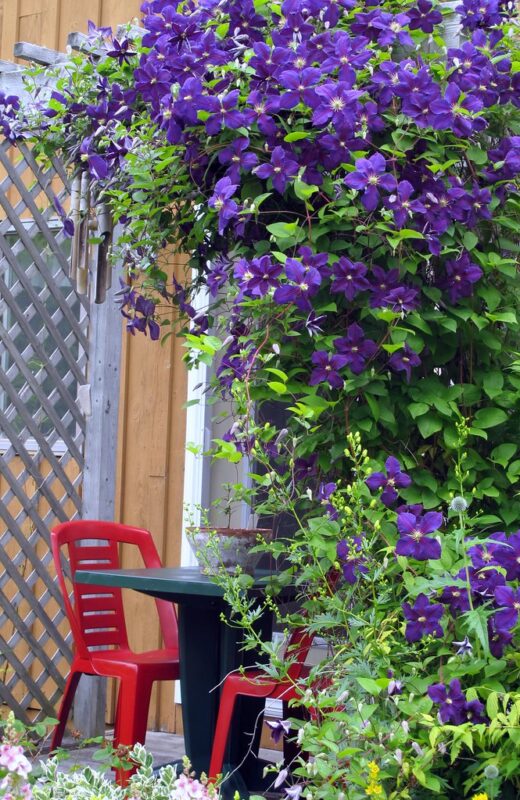
If you’re looking for a classic choice, Jackmanii is famous for its deep purple flowers. It may require some extra care in the hottest months, but with proper watering and mulching, it can thrive.
Proper Care: Tips for Growing Clematis in Florida

Ensuring that your Clematis plants flourish in Florida’s unique conditions takes a little diligence, but with the right practices, you can reap a bountiful floral display.
Soil Preparation
Before planting, make sure to assess your soil. Aim for slightly acidic to neutral pH levels (around 6.0 to 7.0). Amendments like compost and peat moss can improve soil texture and drainage, which are essential for Clematis health.
Watering
While Clematis prefers consistent moisture, remember that too much water can lead to root rot. In the drier months, ensure that your plants receive adequate watering, particularly in the early morning or late afternoon. On the flipside, during heavy rainy periods, ensure your planting area drains well.
Mulching
Mulching helps retain soil moisture and keeps the roots cool, which is particularly beneficial in Florida’s hot summers. Use organic mulch such as wood chips, straw, or shredded leaves, and apply a layer of 2-4 inches around the base of the plant.
Fertilization
Clematis will benefit from regular fertilization during the growing season. Opt for a balanced fertilizer or one formulated for flowering plants to promote ample blooming. A slow-release option can work well in Florida’s prolonged growing periods.
Pruning Practices
Pruning is an essential part of caring for Clematis. However, the timing and method depend on the variety you have. Generally, pruning in late winter or early spring helps promote new growth. Be sure to research the best approach for your specific variety to avoid cutting off potential blooms.
Overcoming Challenges in Growing Clematis
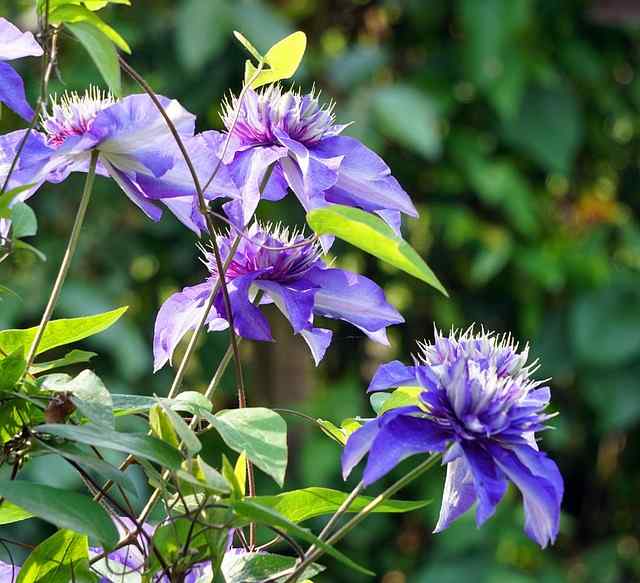
No gardening journey is without its challenges, and growing Clematis in Florida has its unique set of hurdles.
Fungal Issues
Humidity encourages the growth of fungal diseases like powdery mildew and root rot. Regular inspection of plants for any signs of distress—such as wilting leaves or discoloration—can help you catch problems early. When necessary, using fungicides or organic options like neem oil can mitigate these issues.
Pests
While Clematis is relatively pest-resistant, occasional pests like aphids or spider mites may seek out your lovely plants. Keeping an eye on leaf undersides and employing natural pest control methods, such as releasing ladybugs, can help manage these unwelcome guests.
Heat Stress
Extreme heat can be detrimental to Clematis, particularly if they do not get enough water. Keeping plants well-mulched and properly watered mitigates this, but providing afternoon shade can also relieve some stress.


